Gas-Saving Tips That Actually Work
When fuel prices rise, all kinds of gas-saving schemes get floated. We separate the serious from the silly for you.
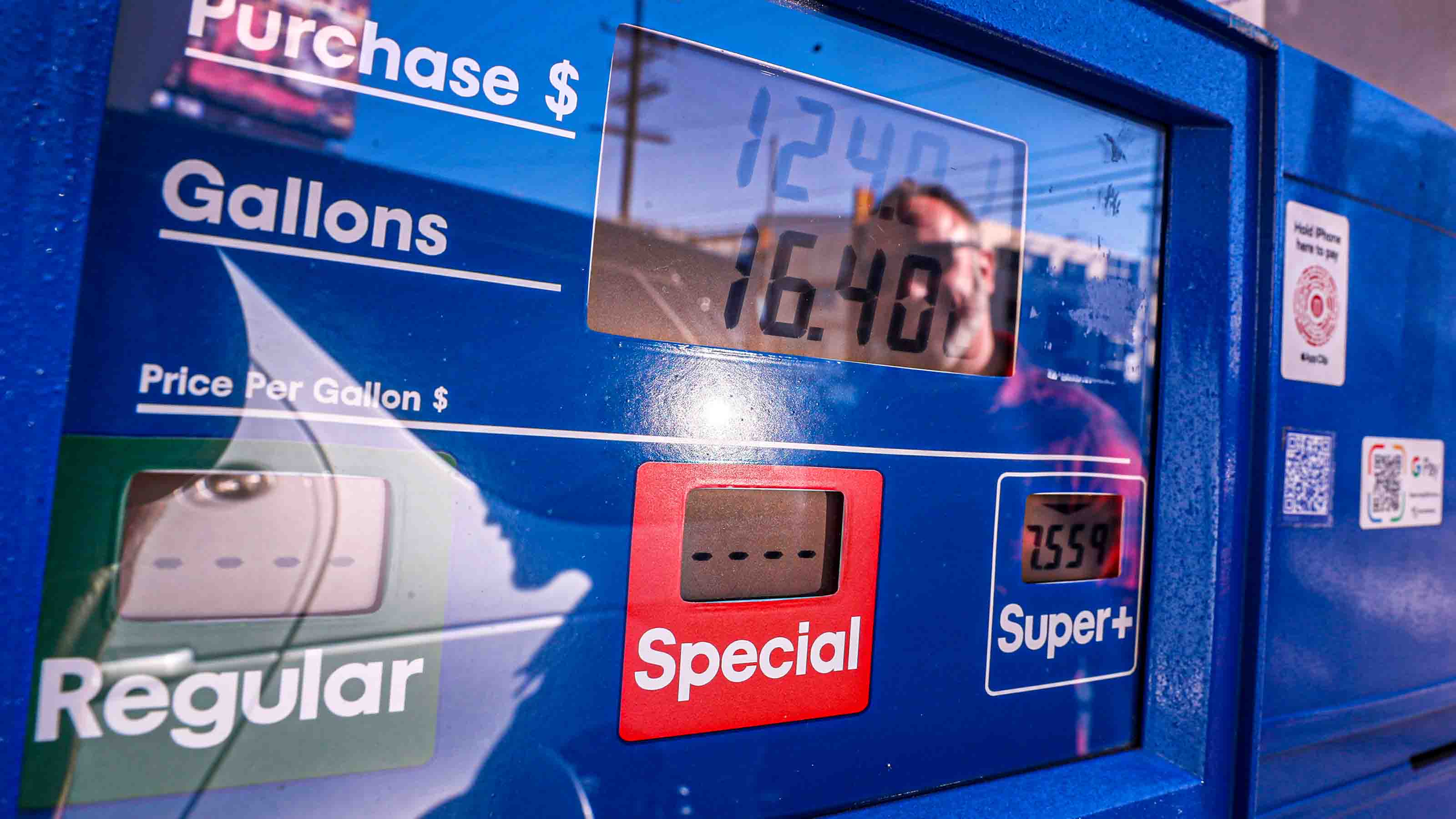

Summer is approaching, which means everyone's thinking about those sweet summer drives — and the not-so-sweet gas pump bills that fuel them.
Drivers have taken a hit in recent years with rough gas prices, but this year may be a bit of a respite. As of mid-April 2024, gas prices nationally are the same as they were a year ago, with an average of $3.67, according to AAA. That's down significantly from a peak in 2022, when prices went above $5.
But no matter the price point, it always pays to save at the pump, especially if you're saving up to buy a vacation home in a great place. So use these seven gas-saving tips and put your cash toward more fun expenses like summer vacations, barbecues and more.
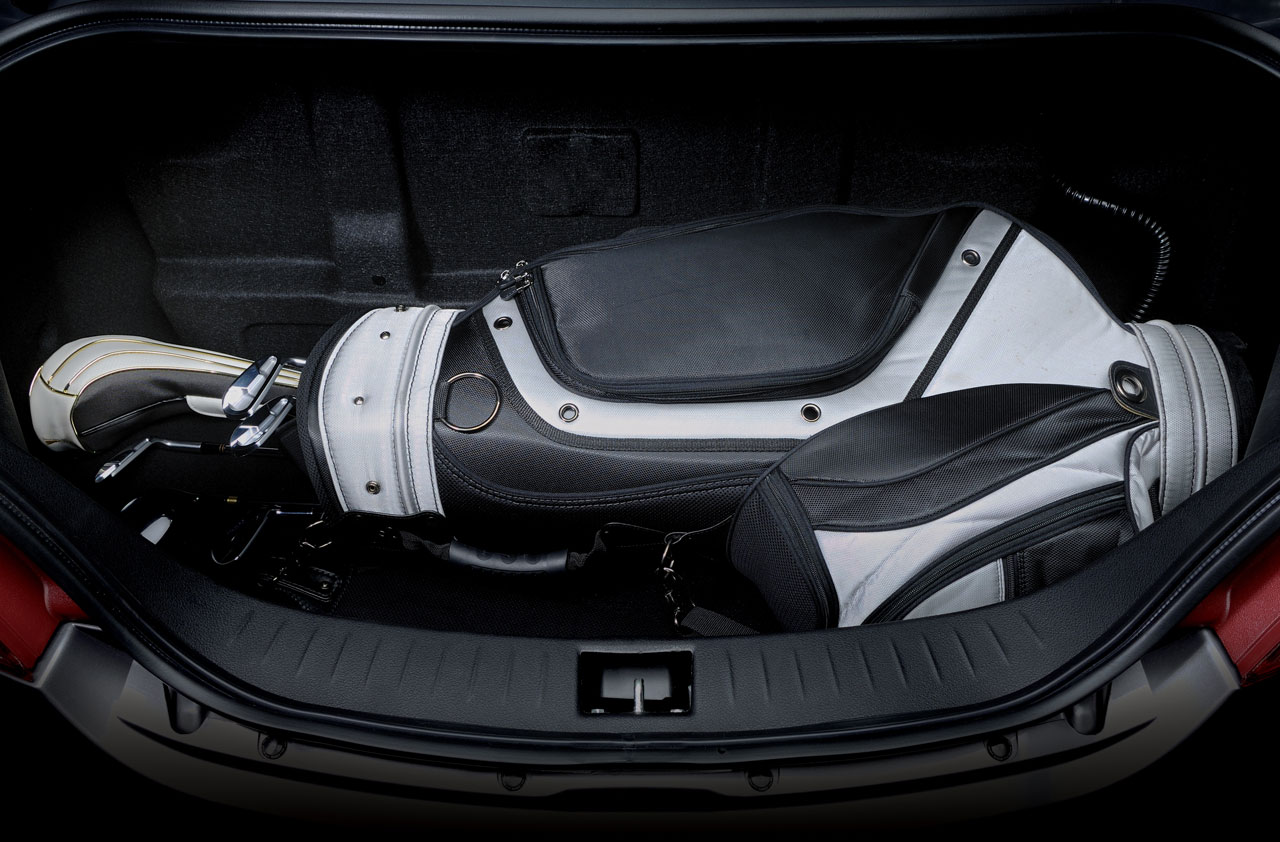
Get the junk out of the trunk
Carmakers spend a lot of engineering hours trying to reduce the weight of today’s vehicles. Don’t undermine their efforts (and the gas savings they represent) by leaving unnecessary items in the luggage compartment, on the back seat or in the bed. Golf clubs are a common violator, but so is random dead weight like those boxes of books you keep meaning to donate. Or, dear lord, a case of individual water bottles for after-workout hydration.
Do you drive a vehicle with three rows of seats — and never use that third row? It’s quite possible you can remove that third row and leave it in the garage until needed. These can weigh thirty pounds or more.
Every time you accelerate, you’re using fuel to get your car, your passengers, and all that junk up to speed with you. And frankly, every time you brake, you're turning that energy into heat. How much gas are you wasting? This depends on your car, but the EPA estimates 1% in fuel mileage reduction per 100 pounds. On a per-gallon cost basis, that’s about $0.04, using current EPA baseline figures. Get your stuff in order and you’ll save money, too.
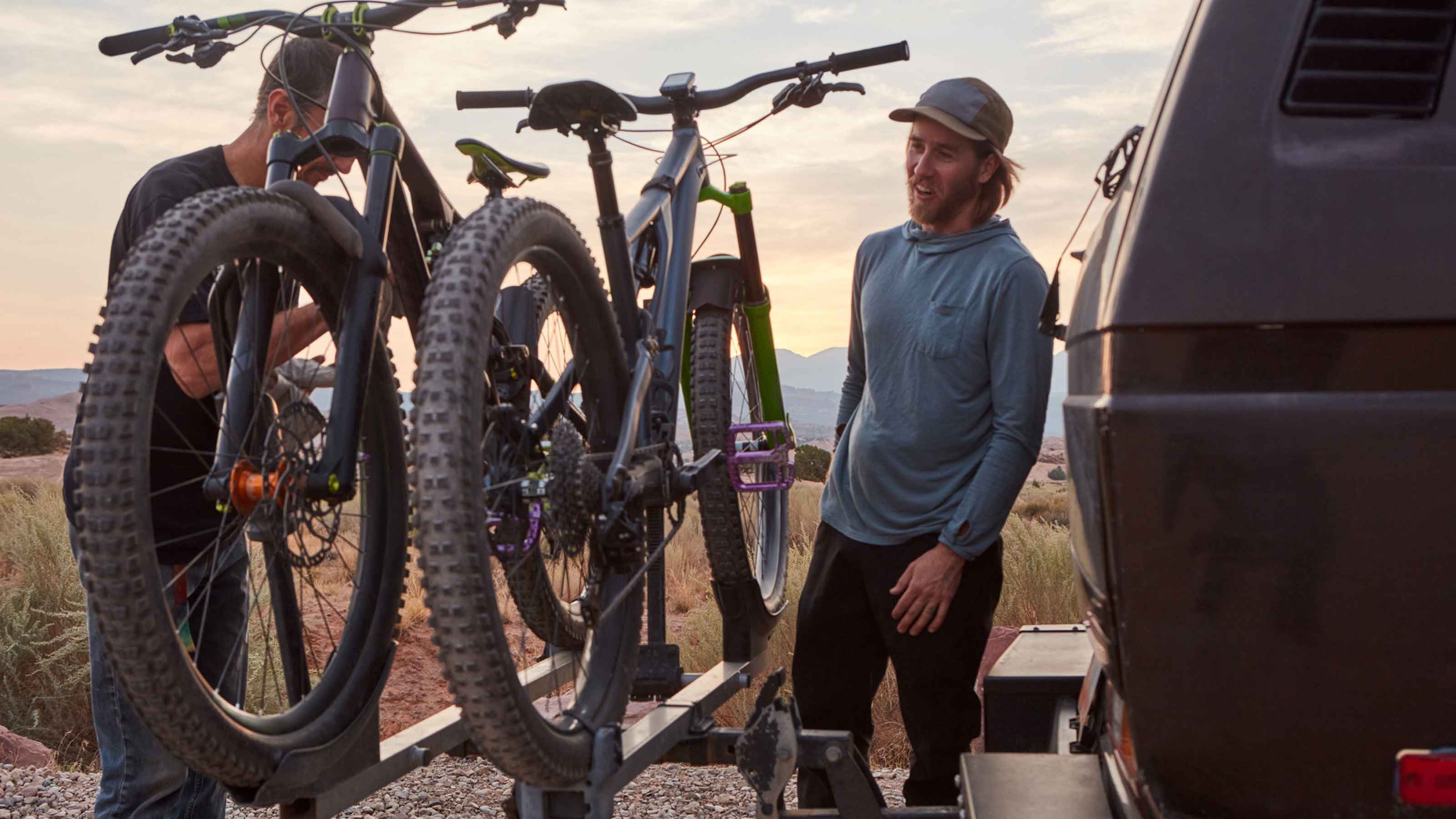
Get the rack off the roof
When they’re not worrying about the weight of their designs, auto engineers fret about the aerodynamics. Improvements to how your car slips through the air matter most at high speeds — highway miles. The most common way drivers hurt their aerodynamics, and thus gas mileage, is by putting items on the roof.
Do you have activities (cycling, skiing, going down to the beach house) that mandate a lot of equipment? Consider whether you could use a hitch-mounted rack or box instead. Tucking the load into the slipstream of your car will save fuel.
If you must put items on the rooftop (perhaps your kayak?), remove the rack when you can. And, finally, if your vehicle came with a factory roof rack that you never use, see if you can remove the crossbars. You’ll save a few pounds this way, too.
The EPA estimates that using a "large, blunt roof-top cargo box" can save fuel by up to 25% on the Interstate. This could see savings of $0.07 to $0.62 per gallon.
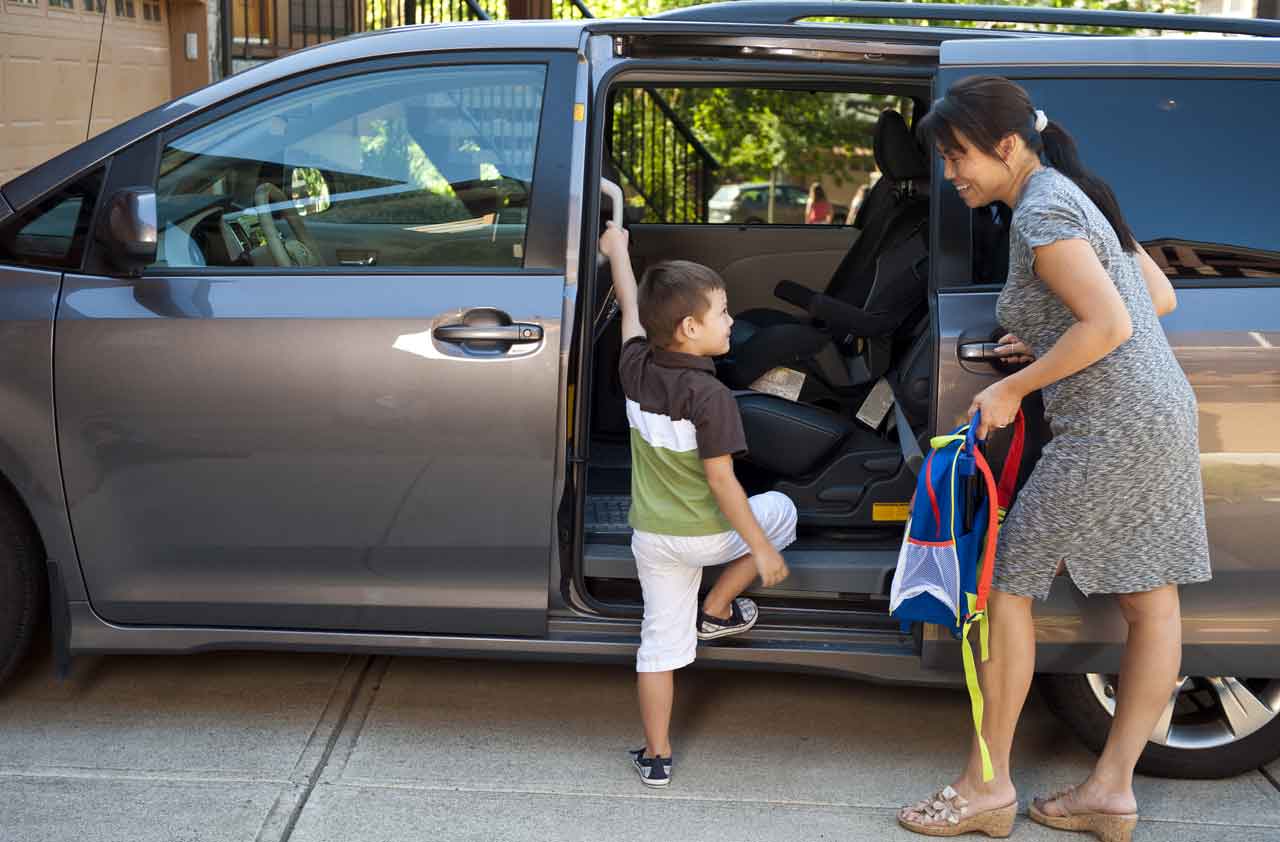
Combine your trips
This sounds like a nag, like being told not to use the trunk for storage. “If life weren’t so crazy, I’d be doing that already!”
We know. Still, we will repeat the reasons why planning ahead can save gas:
- Grouping trips means fewer miles driven, so that’s obvious.
- But even if you have to go in multiple directions, all non-electric cars use more fuel when the engine is cold. So the fewer times you need to bring the engine up to temperature, the better. Cold starts aren’t good for your car (or the environment, for that matter).
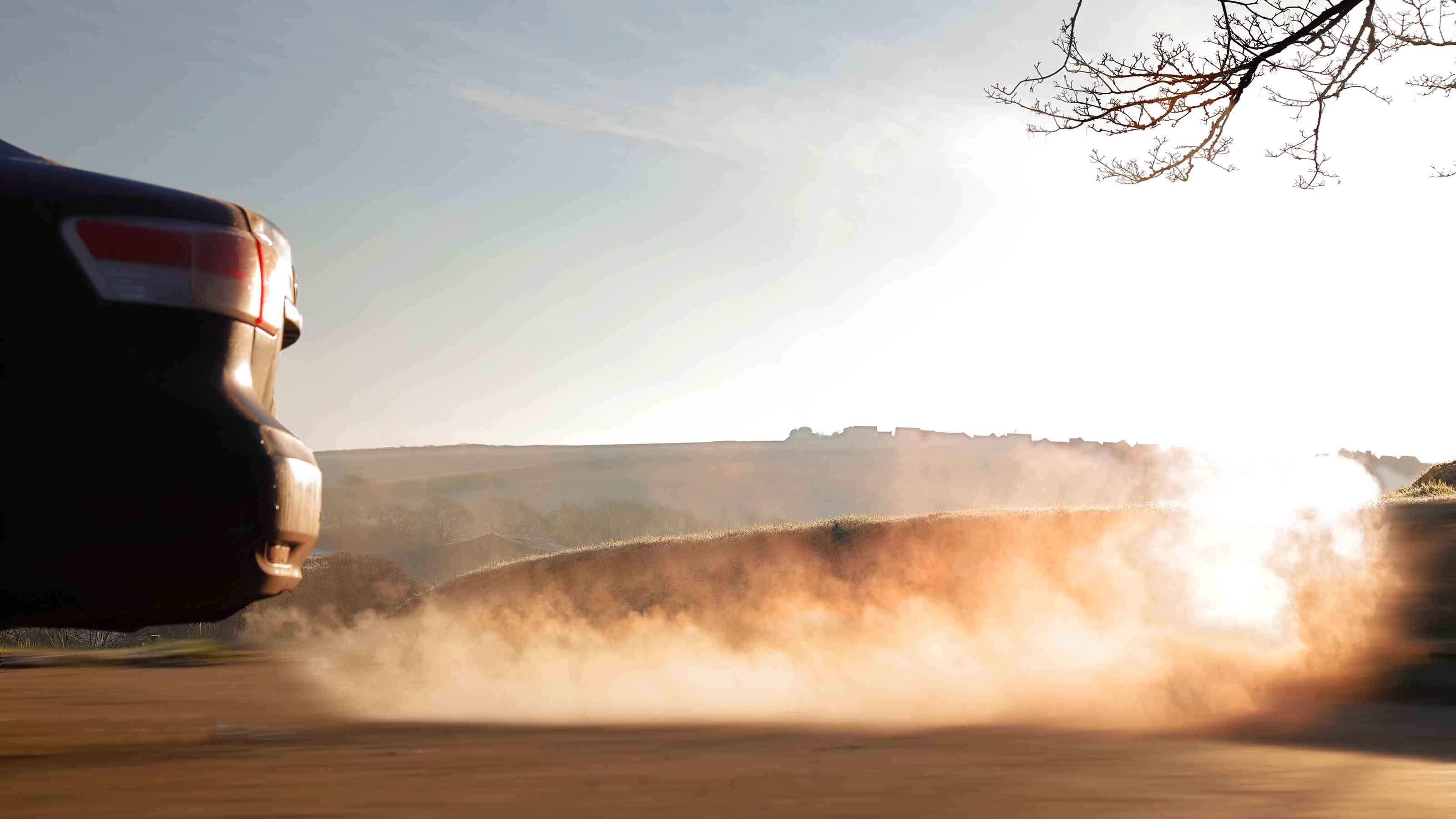
Don’t let your car idle
Americans continue to wildly overestimate how much fuel it takes to start an engine versus to keep it running. The reality is, once you’re stopped, your car is wasting fuel after about 7-10 seconds of idling.
That’s why newer gas cars (and virtually all hybrids) have a feature that shuts the internal combustion engine off during stops when the brake is applied. The car’s still "on," but the engine isn’t. Push the pedal and the engine snaps back on and off you go. The feature annoys some people (and in truth the smoothness of the systems varies among vehicles), but the gas savings is real.
If you want to maximize mileage, don’t disable the auto on-off feature. And everyone can stop leaving their car on while running back into the house, or whatever short errand you’re doing. You're not an Ice Road Trucker. And it’s a prime way to get carjacked.
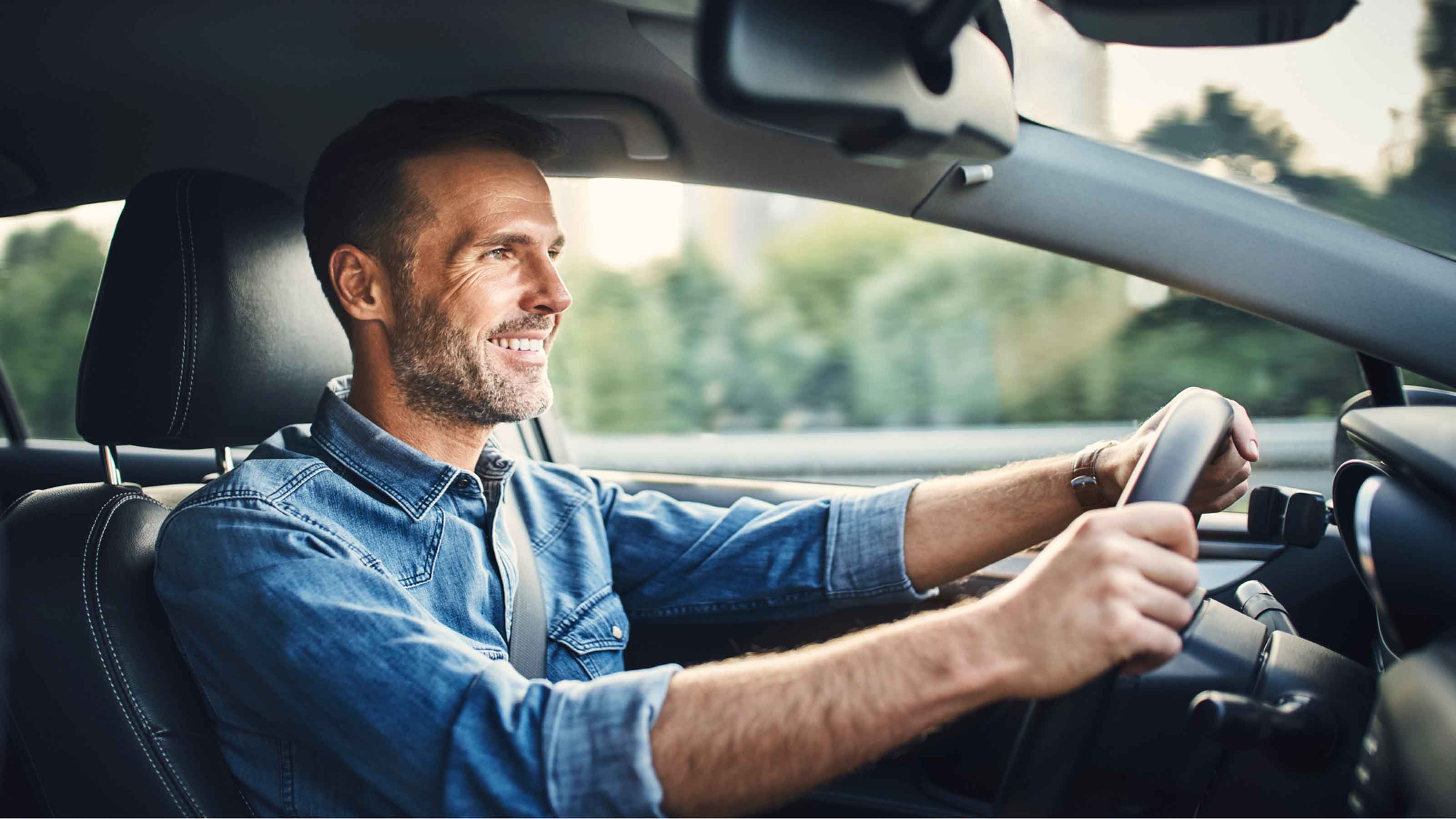
Drive slowly. Errr, wisely!
No list of gas-saving tips would be complete without the admonition to slow down. There’s no getting around the fact that lower speeds require less fuel, mostly because aerodynamic resistance increases with the square of speed.
So, that’s the lecture. But driving to save fuel doesn’t have to be a dull crawl in the slow lane. Try thinking of it this way: brakes turn your money into heat, so can you avoid using them?
This isn’t meant to encourage dangerous behavior like not stopping for stop signs or the like. Rather, tune your anticipation skills. Look down the road farther, and coast down by lifting your foot off the accelerator when you know that traffic signal’s going to change to red. You might actually find it rewarding. Bonus: You’ll be a safer driver, too.
While hybrid and electric vehicles are best equipped to take advantage of this approach (through regenerative braking), many conventional gas cars now engage power-sapping accessories like the alternator during coast-down to maximize fuel efficiency.
As for accelerating, if you know you’re going to be holding a higher speed for a while, like when you’re merging onto a highway, go ahead and push the gas as hard as you need. Not only is slow acceleration in this situation potentially dangerous, it doesn’t actually save fuel.
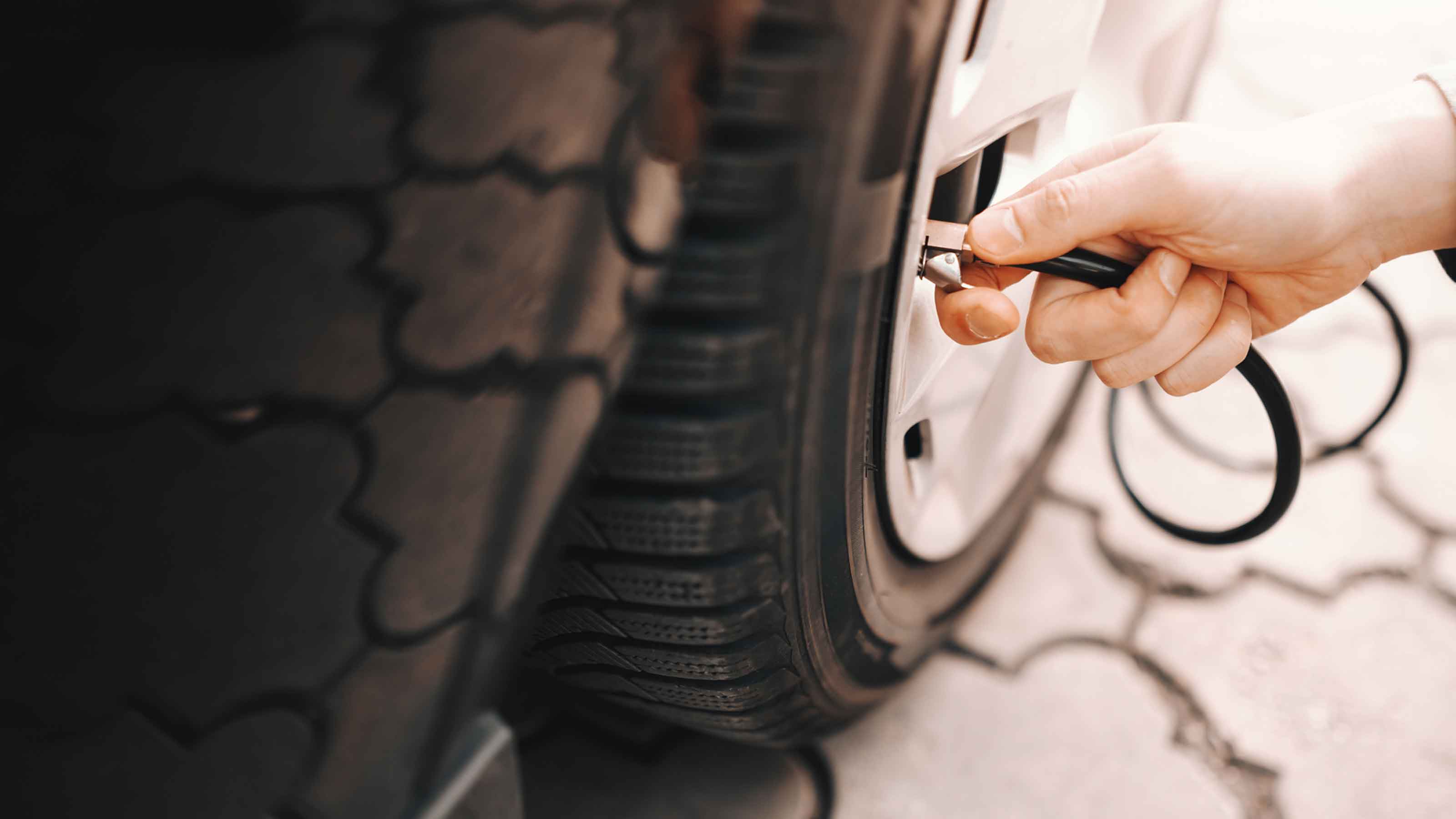
Don’t rely on the tire light
All cars built since 2007 have what’s called Tire Pressure Monitoring Systems (TPMS). These do what the name says: monitor that your tires have air pressure.
The hitch is this: That light may not come on until a tire is more than 25% lower than the recommended pressure. And if you wait for that, you’re potentially endangering yourself (an underinflated tire can compromise your car’s handling or even lead to a tire blowout) and wasting money (underinflated tires reduce your gas mileage by roughly 0.2% per pound that they’re low).
Doesn’t sound like much, but try this math: If your recommended inflation pressure is 40 psi, and you’re 25% low on air, that’s a 2% hit to your gas mileage. Plus, underinflated tires wear more quickly and unevenly, reducing your tire life.
There’s just no substitute for buying a decent-quality tire gauge (between $5 and $15) and using it at least once a month. Even if you can figure out how to get your vehicle’s TPMS to show each tire’s individual pressure on your information screen, we’d still backstop this with a handheld gauge.
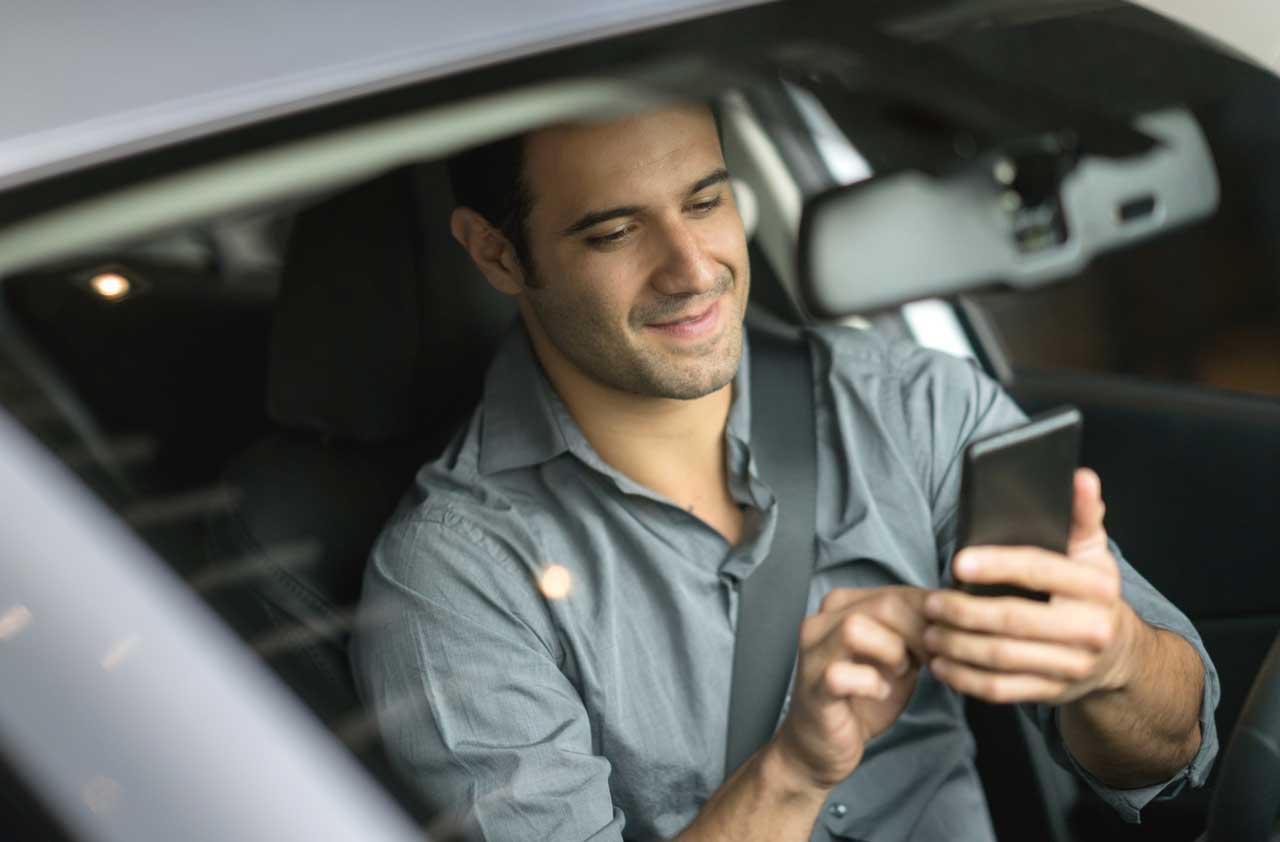
Embrace fuel-saving apps (and join the club)
Finding the cheapest fuel can be sport for some. But phone apps like Gas Buddy and Gas Guru make it almost too easy to find the best gas deals. Since you can use them to screen for brands, you can also make sure you’re getting good quality fuel, which, in the long run, matters to the health of your car.
Joining a membership club like Costco or Sam’s Club could also pay off. Figuring how quickly you’ll recoup your membership cost with the per-gallon savings on their discounted fuel is pretty easy math.
Related Content
Get Kiplinger Today newsletter — free
Profit and prosper with the best of Kiplinger's advice on investing, taxes, retirement, personal finance and much more. Delivered daily. Enter your email in the box and click Sign Me Up.

In his former role as Senior Online Editor, David edited and wrote a wide range of content for Kiplinger.com. With more than 20 years of experience with Kiplinger, David worked on numerous Kiplinger publications, including The Kiplinger Letter and Kiplinger’s Personal Finance magazine. He co-hosted Your Money's Worth, Kiplinger's podcast and helped develop the Economic Forecasts feature.
- Erin BendigPersonal Finance Writer
- Ben DemersAudience Engagement Manager, Kiplinger.com
-
 Who Pays the Most Taxes in the U.S.? Tax Burden by Age
Who Pays the Most Taxes in the U.S.? Tax Burden by AgeTax Burden Polls show that most people feel like taxes are unfair. But which age group bears the brunt of the tax burden in the United States?
By Kelley R. Taylor
-
 Tax Day 2025: Don’t Miss These Freebies, Food Deals and Discounts
Tax Day 2025: Don’t Miss These Freebies, Food Deals and DiscountsTax Day You can score some sweet deals on April 15 in some select restaurants like Burger King, Shake Shack, and more.
By Gabriella Cruz-Martínez
-
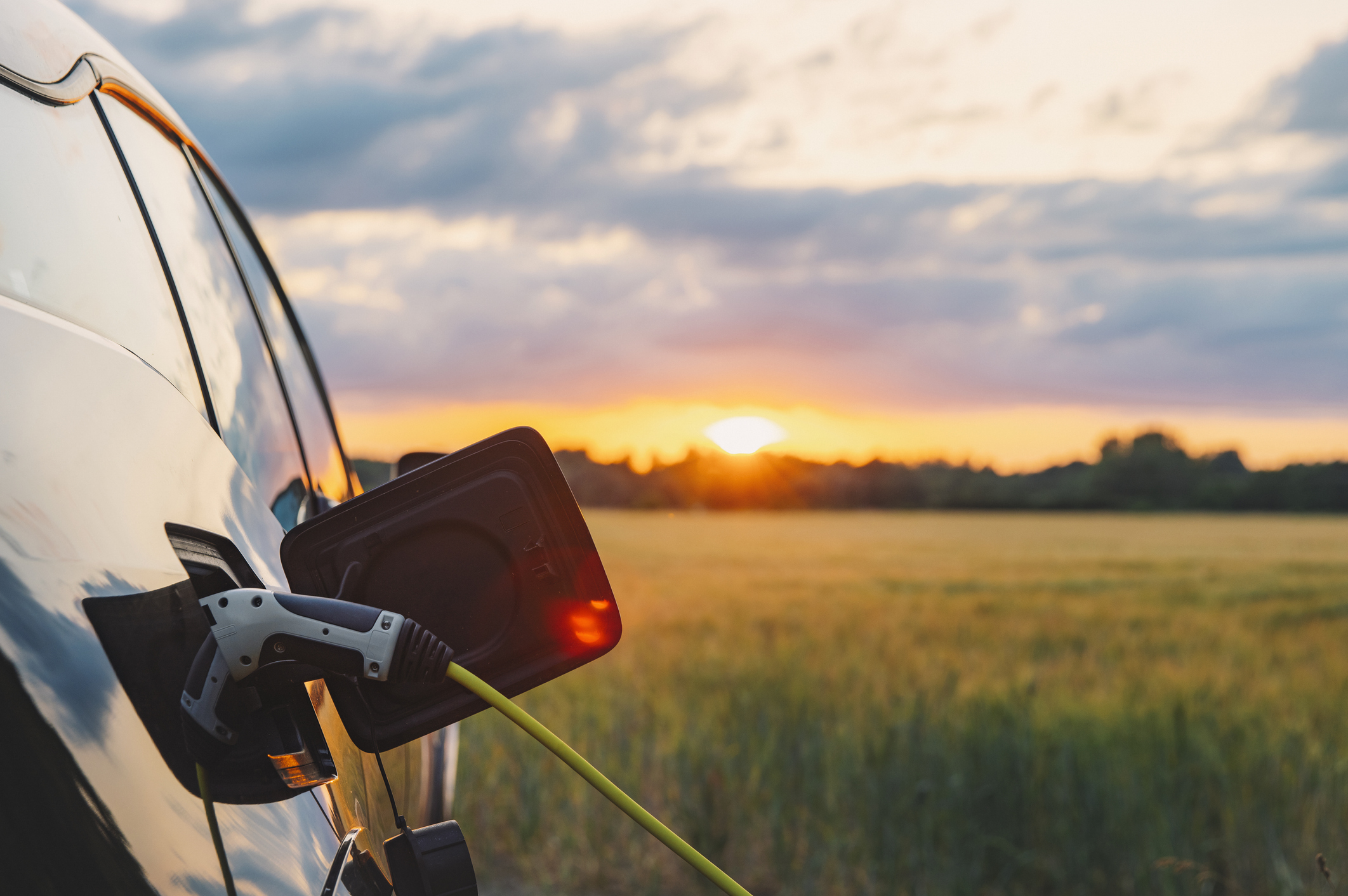 Want to Lease an EV? The Tax Credit 'Loophole' for That Could Go Away Soon
Want to Lease an EV? The Tax Credit 'Loophole' for That Could Go Away SoonTax Credits If you are deciding whether to lease or buy a car, here's what you need to know about the EV lease tax credit.
By Kelley R. Taylor
-
 Car Buying in a Topsy-Turvy Market
Car Buying in a Topsy-Turvy MarketYou need a new car? Good luck with that! What should you do? We've got some answers.
By Katherine Reynolds Lewis
-
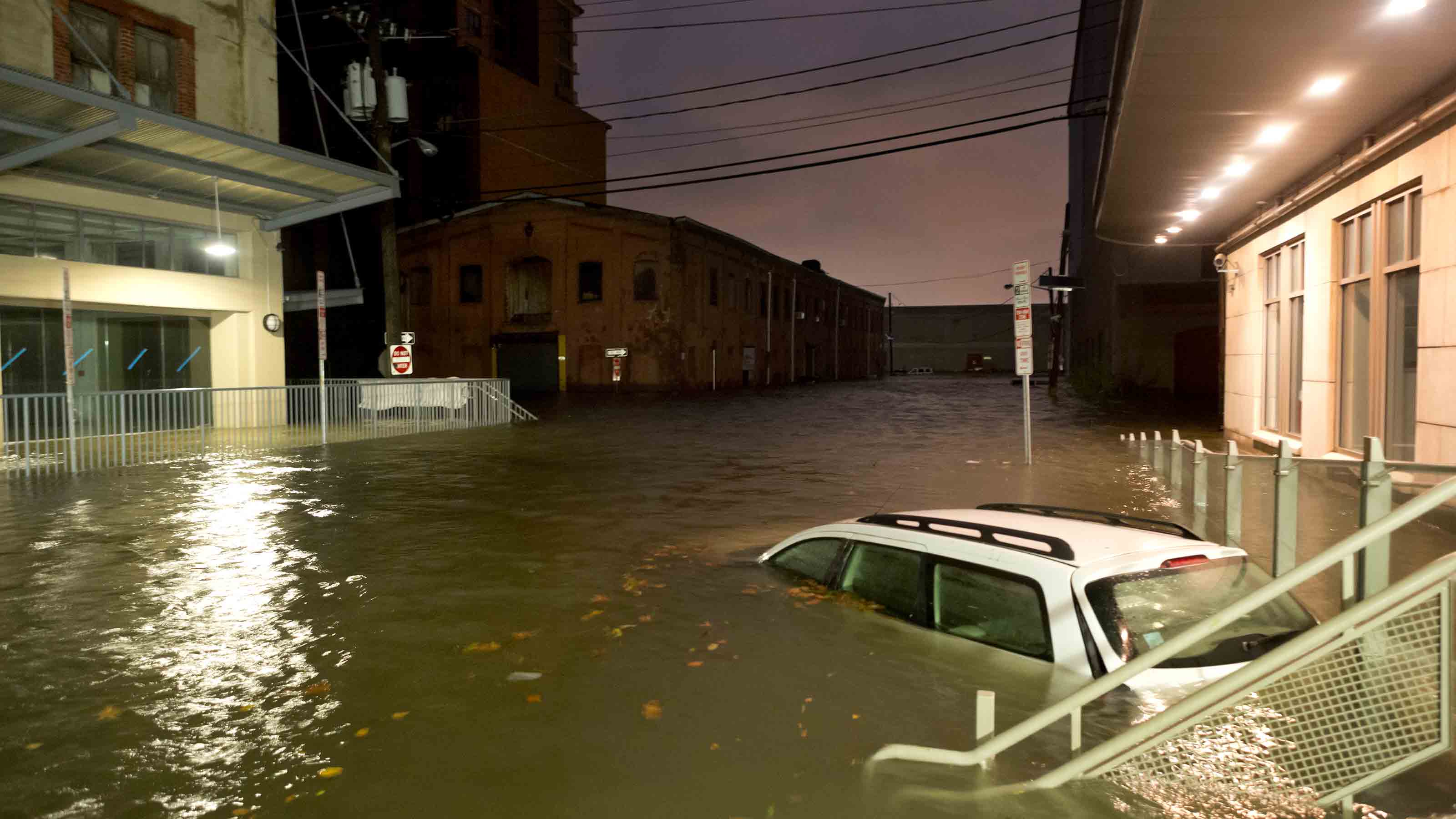 Watch Out for Flood-Damaged Cars from Hurricane Ian
Watch Out for Flood-Damaged Cars from Hurricane IanBuying & Leasing a Car In the wake of Hurricane Ian, more flood-damaged cars may hit the market. Car prices may rise further because of increased demand as well.
By Bob Niedt
-
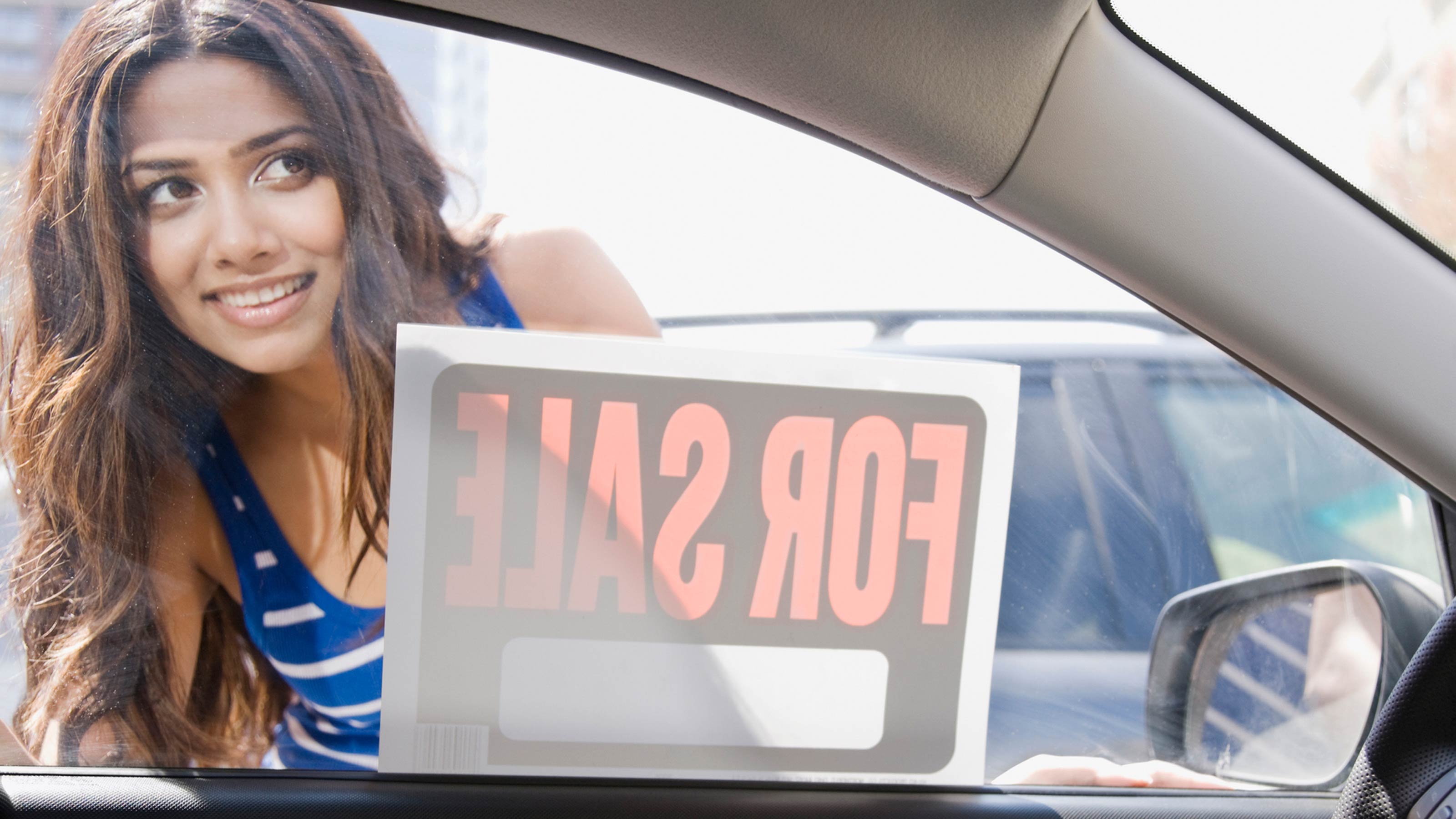 Car Buyers: The 3-Day Grace Period Is Just a Myth!
Car Buyers: The 3-Day Grace Period Is Just a Myth!Buying & Leasing a Car Many car buyers think they have three days after making a purchase to return a car. Here’s where they’re going wrong, and what they should do instead to get a decent used car.
By H. Dennis Beaver, Esq.
-
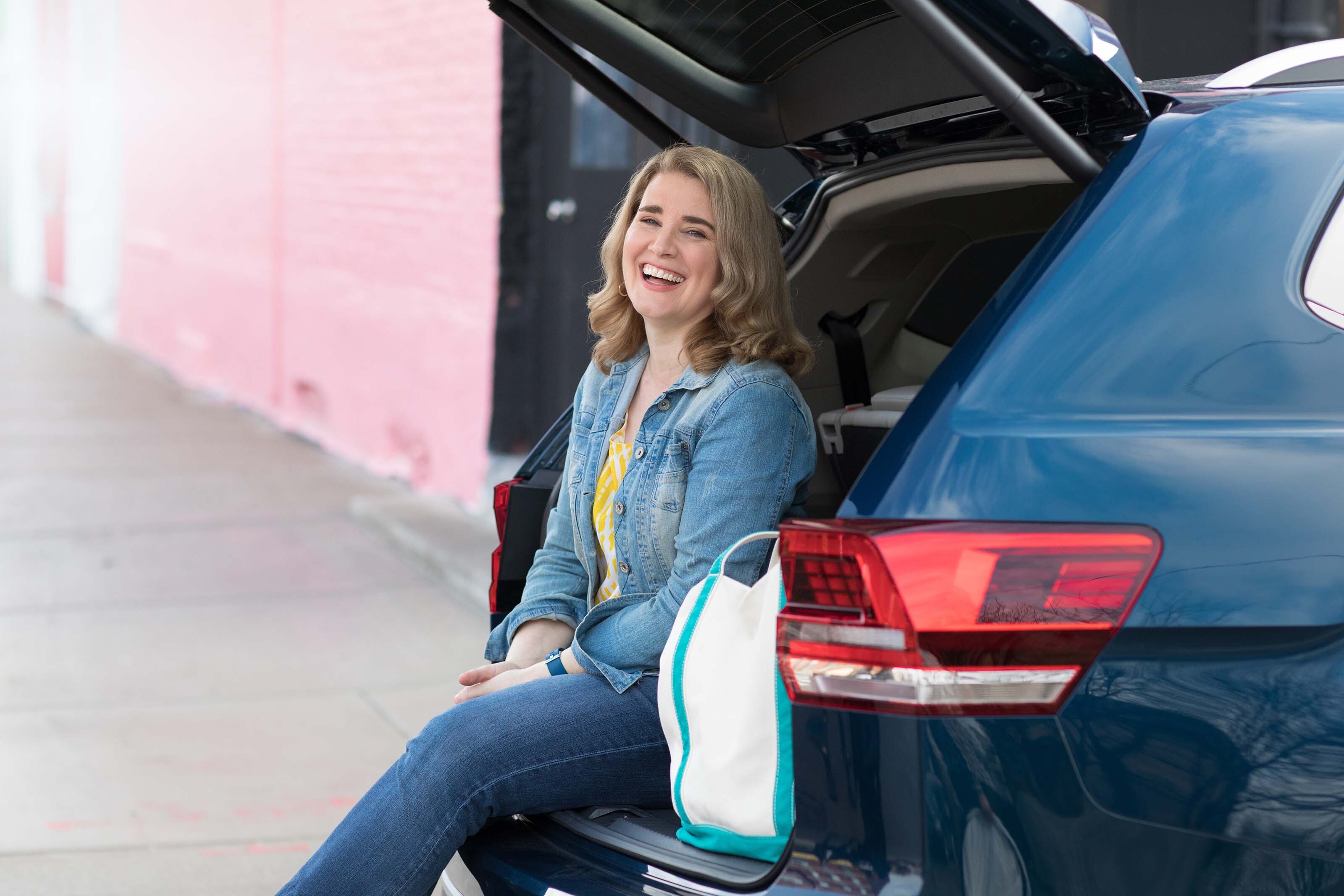 PODCAST: Car-Buying in an Inflated Market with Jenni Newman
PODCAST: Car-Buying in an Inflated Market with Jenni NewmanBuying & Leasing a Car With cars both scarce and expensive these days, what to do if you want – or need – a new ride? Car-buying strategist Jenni Newman of Cars.com shares some tips. Also, more on the magical 9% savings bond.
By David Muhlbaum
-
 The "Real" Cost of Buying a Car
The "Real" Cost of Buying a CarFeature Atlanta Falcons linebacker and Kiplinger contributing editor Brandon Copeland illustrates how car prices are far more than meets the eye.
By Brandon Copeland
-
 How to Get a Car Deal in This Market
How to Get a Car Deal in This MarketBuying & Leasing a Car Low inventories mean it’s hard to haggle on price, but you can still negotiate on financing when shopping for a new or used car.
By Rivan V. Stinson
-
 PODCAST: There’s No Escaping Your Credit Score (So Make It Count)
PODCAST: There’s No Escaping Your Credit Score (So Make It Count)Financial Planning Kiplinger’s credit expert, Lisa Gerstner, joins us to talk credit strategy. Also, a number of new electric cars hit the market this year. Will one work for Sandy?
By David Muhlbaum
